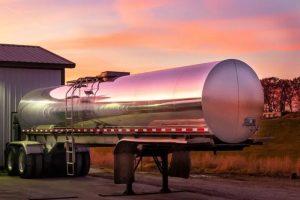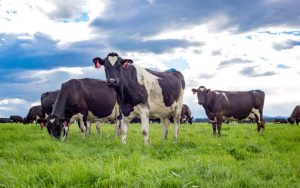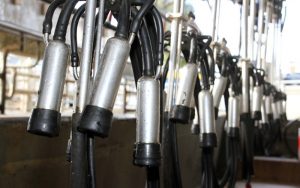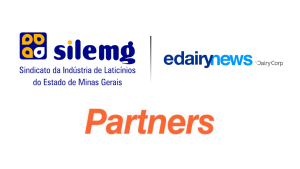A well-functioning pulsator is essential for maintaining the delicate balance between milk extraction and udder well-being. By replicating the gentle pulsating action of a nursing calf, the pulsator helps prevent overmilking, which can lead to discomfort and potential damage to the udder tissue.
Regular monitoring and calibration of the pulsation system are necessary to ensure its effectiveness. This involves periodic checks to confirm that the pulsator is operating within the specified parameters and adjusting as needed to maintain the desired pulsation rate and ratio.
Ensuring optimal vacuum pressure for effective milking
Ensuring optimal vacuum pressure is a fundamental aspect of optimizing milk production and udder health in dairy farming.
The vacuum system plays a pivotal role in the milking process by creating the suction necessary to extract milk from the cow’s udder. Consistency in vacuum pressure is paramount to achieving thorough and efficient milking. Fluctuations in vacuum pressure can disrupt the milking process, leading to incomplete milk removal or even trauma to the udder tissues.
Regular maintenance and calibration of the vacuum system are imperative to maintain optimal performance. This includes periodic inspections to identify and address any leaks, blockages or malfunctions in the system. Calibration ensures the vacuum pressure remains within the desired range, tailored to the specific needs of the herd.
By maintaining consistent vacuum pressure, dairy farmers can enhance milk extraction efficiency while minimizing the risk of udder-related issues. This contributes to overall milk quality, udder health and the well-being of the herd.
The crucial role of the milking cluster in streamlining milking
The milking cluster, an integral component of the milking process, plays a crucial role in optimizing milk production and udder health. Designed to delicately yet effectively attach to the cow’s udder, the milking cluster should apply gentle yet firm pressure to the teats. This ensures thorough milk removal while prioritizing the comfort and well-being of the animal. Proper alignment and positioning of the milking cluster are paramount to prevent uneven milking and minimize stress on the udder, ultimately contributing to improved milk quality and udder health.
Automatic cluster removers (detachers) further enhance the milking process by streamlining cluster detachment, reducing the need for manual labor and ensuring consistent milking. By automating this aspect of the process, dairy farmers can increase operational efficiency while maintaining a safer and more hygienic milking environment. This not only benefits the well-being of the cows but also enhances overall milk production and quality.
Additionally, advancements in semirobotic milking technology are revolutionizing traditional milking practices. By significantly reducing the effort required in milking, these systems are designed to enhance speed, productivity and efficiency while creating a healthier and safer milking environment for both cows and operators.
2. Pre-milking preparation and post-milking care
In addition to selecting the right equipment, dairy farmers must also employ effective milking techniques to maintain optimum milk production and udder health. Pre-milking preparation is a critical step in ensuring a smooth and efficient milking process. This includes cleaning and sanitizing the udder and teats to remove dirt, bacteria and other contaminants. Proper hygiene practices help prevent mastitis and ensure the quality and safety of the milk. Automated teat sprayers can further enhance this process by providing consistent and thorough cleaning, minimizing the risk of infection and promoting udder health.
After milking, it is essential to provide post-milking care to maintain udder health and prevent infections. Applying a post-milking teat disinfectant helps kill any remaining bacteria on the teat surface and reduces the risk of mastitis. Proper teat care also includes ensuring adequate teat-end closure to prevent the entry of pathogens into the udder.
Maintaining optimum milk production and udder health requires a combination of appropriate milking equipment and effective milking techniques. By selecting the right tools and employing best practices, dairy farmers can maximize milk yield while promoting the health and well-being of their cows. Ultimately, investing in the right equipment and techniques pays dividends in terms of profitability, sustainability and animal welfare.
You can now read the most important #news on #eDairyNews #Whatsapp channels!!!
🇺🇸 eDairy News INGLÊS: https://whatsapp.com/channel/0029VaKsjzGDTkJyIN6hcP1K


























